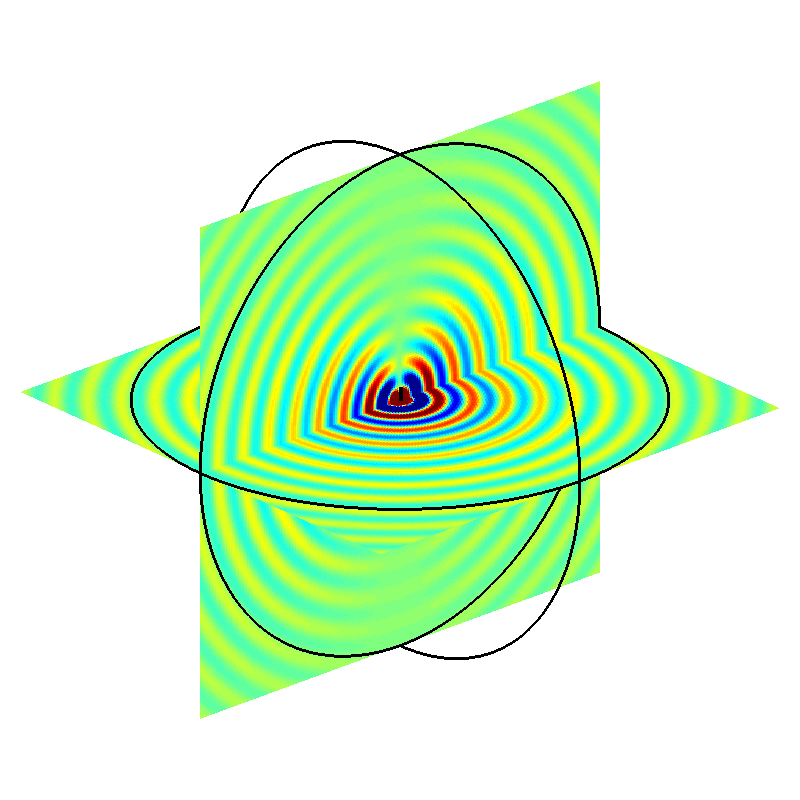Department of nano-micro-antennas and nano-electromagnetic waves (Nano-Micro-Antena)
Microstrip antennas ( for low profile applications at frequencies above 100 MHz)
Researcher and author: Dr. ( Afshin Rashid)
Note: Microstrip antennas are antennas with low specifications. A metal patch mounted on the ground with dielectric material in between forms a micro-strip or patch antenna . In fact, they are very small antennas that emit little radiation. Microstrip antennas are popular for low profile applications at frequencies above 100 MHz .
Microstrip antenna consists of a very thin metal strip that is placed on a ground plane with a dielectric material in between. The radiating element and the feeding lines are placed on the dielectric material by the photography process. Usually, the patch or microstrip is chosen to be square, circular or rectangular for ease of analysis and fabrication. Microstrip antennas are increasingly useful because they can be printed directly on the circuit board . Microstrip antennas are low-cost, low-profile, and easy to manufacture. The microstrip antenna is fed by a microstrip transmission line. The antenna, microstrip transmission line and ground plane are made of high conductivity metal (usually copper).
The microstrip antenna must have a length equal to half the wavelength in the dielectric medium (sublayer). The width of the microstrip antenna controls the input impedance. A larger width can also increase bandwidth. For a square patch antenna fed in the above manner, the input impedance will be about 300 ohms. By increasing the width, the impedance can be reduced. However, reducing the input impedance to 50 ohms often requires a very wide microstrip antenna, which takes up a lot of valuable space. Larger width controls the radiation pattern . The bandwidth of the microstrip antenna is very small. Rectangular microstrip antennas are generally narrow. The bandwidth of rectangular microstrip antennas is usually 3%. Second, the microstrip antenna is designed to operate at 100 MHz, but resonates at about 96 MHz. This change is due to the fringe fields around the antenna, which makes the microstrip antenna appear longer. Communication between nano devices is a fundamental challenge related to the development of nano antennas and corresponding electromagnetic receivers. Reducing the size of the traditional antenna to hundreds of nanometers leads to very high performance frequencies . At THz band frequencies, the very large available bandwidth results in much higher path loss than in lower frequency bands.
Conclusion :
Microstrip antennas are low profile antennas. A metal patch mounted on the ground with dielectric material in between forms a micro-strip or patch antenna . In fact, they are very small antennas that emit little radiation. Microstrip antennas are popular for low profile applications at frequencies above 100 MHz .
Researcher and author: Dr. ( Afshin Rashid)
Specialized doctorate in nano-microelectronics




